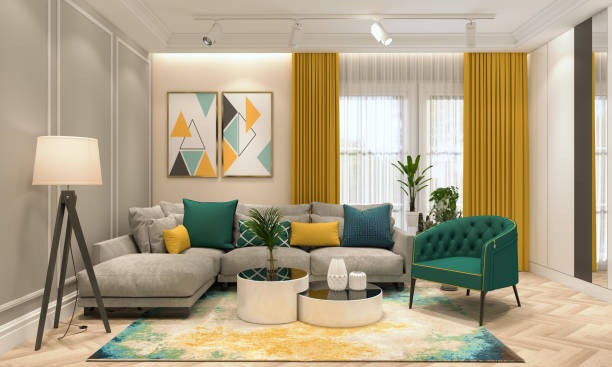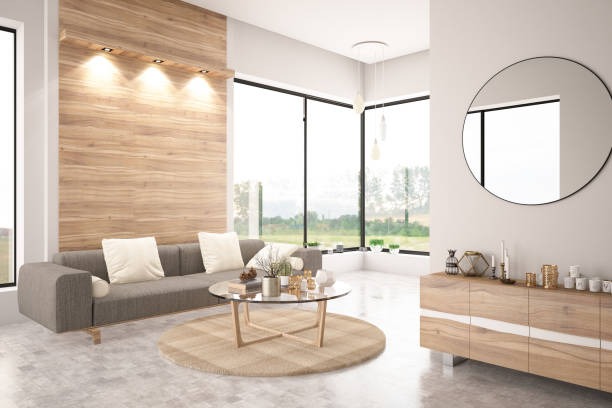Interior design is a dynamic field that combines creativity with practicality to create beautiful and functional spaces. While a natural flair for design is a valuable asset, advancing your career in interior design often requires formal education, certifications, and licensing. In this blog, we’ll explore how taking interior design courses, obtaining certifications, and acquiring a license can propel your career to new heights.

The Foundation Interior Design Courses
- Building a Strong Knowledge Base: Interior design courses serve as the foundation of your career. These courses cover a wide range of topics, from design principles to space planning and building codes. You’ll learn about color theory, furniture design, sustainability, and more. A well-rounded education equips you with the skills necessary to excel in this field.
- Staying Current with Trends: The design world is constantly evolving, with new trends emerging regularly. Enrolling in interior design courses keeps you updated on the latest industry trends, materials, and technologies. This knowledge helps you offer innovative solutions to your clients.
- Networking Opportunities: Interior design courses often provide opportunities to network with fellow students, professors, and industry professionals. These connections can lead to internships, job opportunities, or collaborations on design projects.
Certifications Elevating Your Credibility
- NCIDQ Certification: The National Council for Interior Design Qualification (NCIDQ) certification is highly respected in the industry. It demonstrates your competence and commitment to high standards. To obtain this certification, you’ll need a combination of education and work experience, followed by passing a rigorous exam.
- LEED Certification: As sustainability becomes increasingly important in design, a Leadership in Energy and Environmental Design (LEED) certification can set you apart. LEED-certified professionals have a deep understanding of green building practices, which is a valuable asset in today’s market.
- Specialized Certifications: Depending on your interests and career goals, you can pursue specialized certifications. For example, if you’re interested in kitchen and bath design, you can obtain certifications from organizations like the National Kitchen & Bath Association (NKBA).
Licensing The Key to Professional Practice
- State Licensing: In many states, interior designers are required to be licensed to practice professionally. Licensing requirements vary but often include a combination of education, work experience, and passing an exam. Being licensed gives you the legal authority to work on commercial and public projects.
- Professional Responsibility: Licensing is not just about legality; it’s also about professional responsibility. When you’re licensed, you’re accountable to a code of ethics and standards of practice. Clients can trust that you will prioritize their safety and well-being in your designs.
Conclusion
Interior design courses, certifications, and licensing are essential steps in advancing your career in interior design. They provide you with the knowledge, credibility, and legal authority to excel in this competitive field. Whether you’re just starting your career or looking to take it to the next level, investing in your education and professional development is a wise choice. It’s not only an investment in your career but also in the spaces you create, which can positively impact people’s lives.


